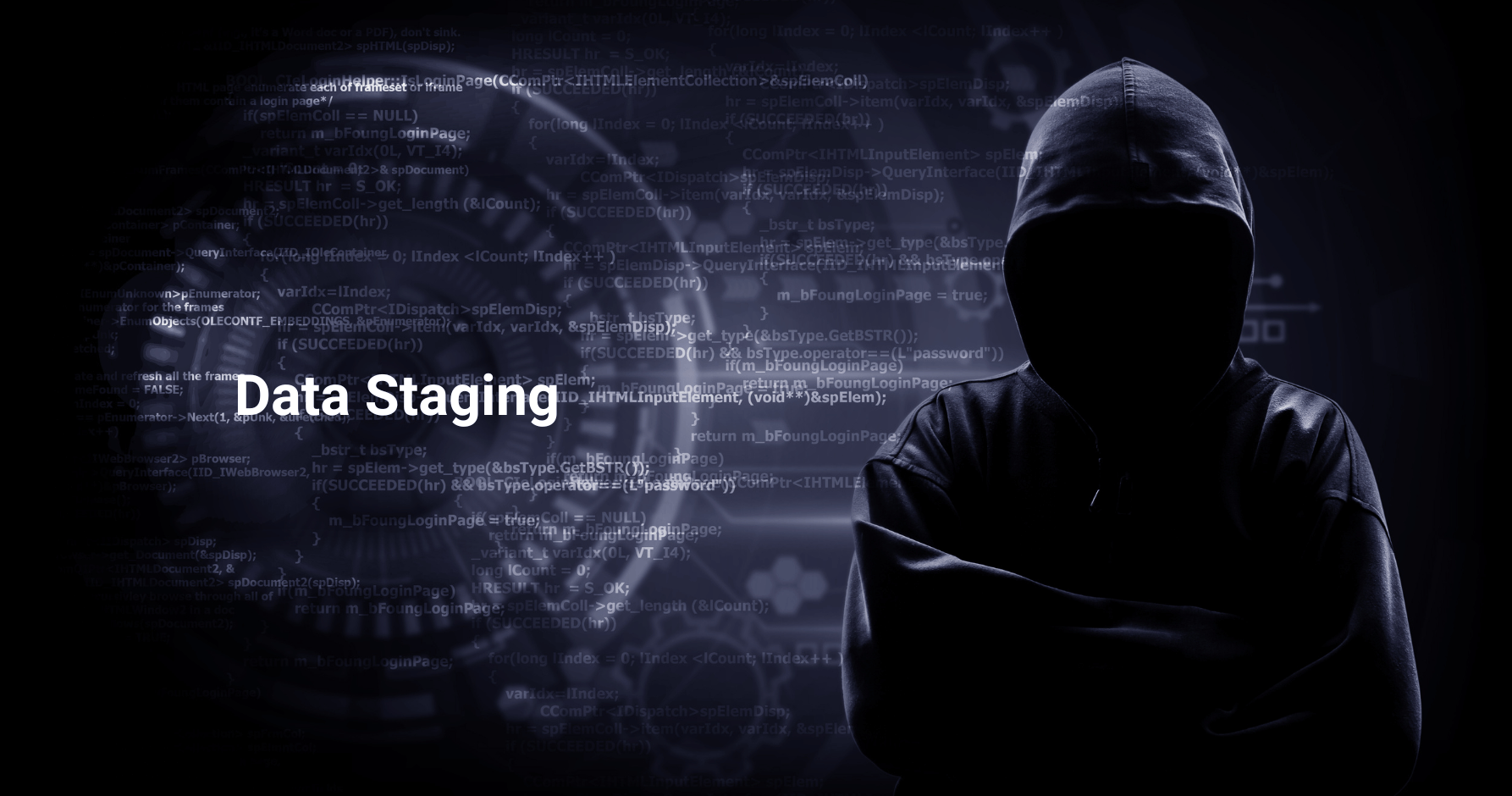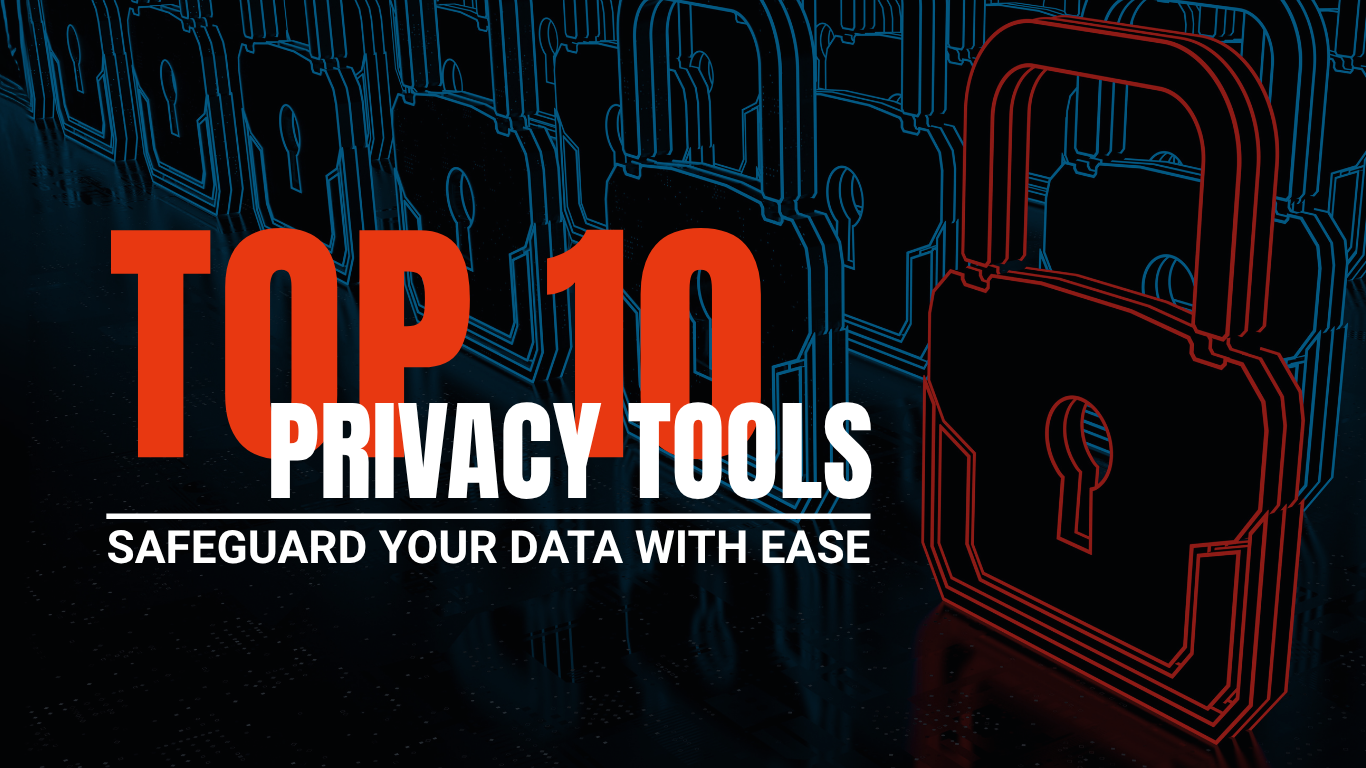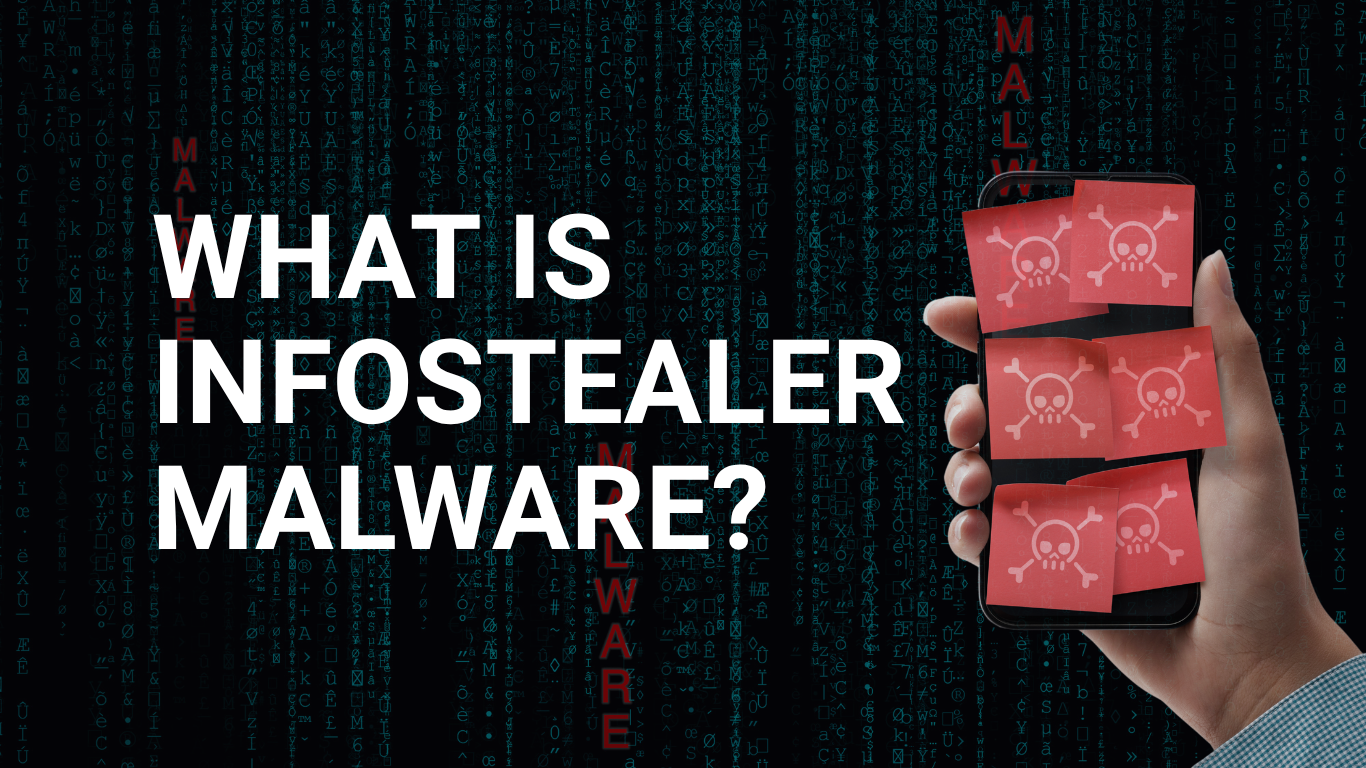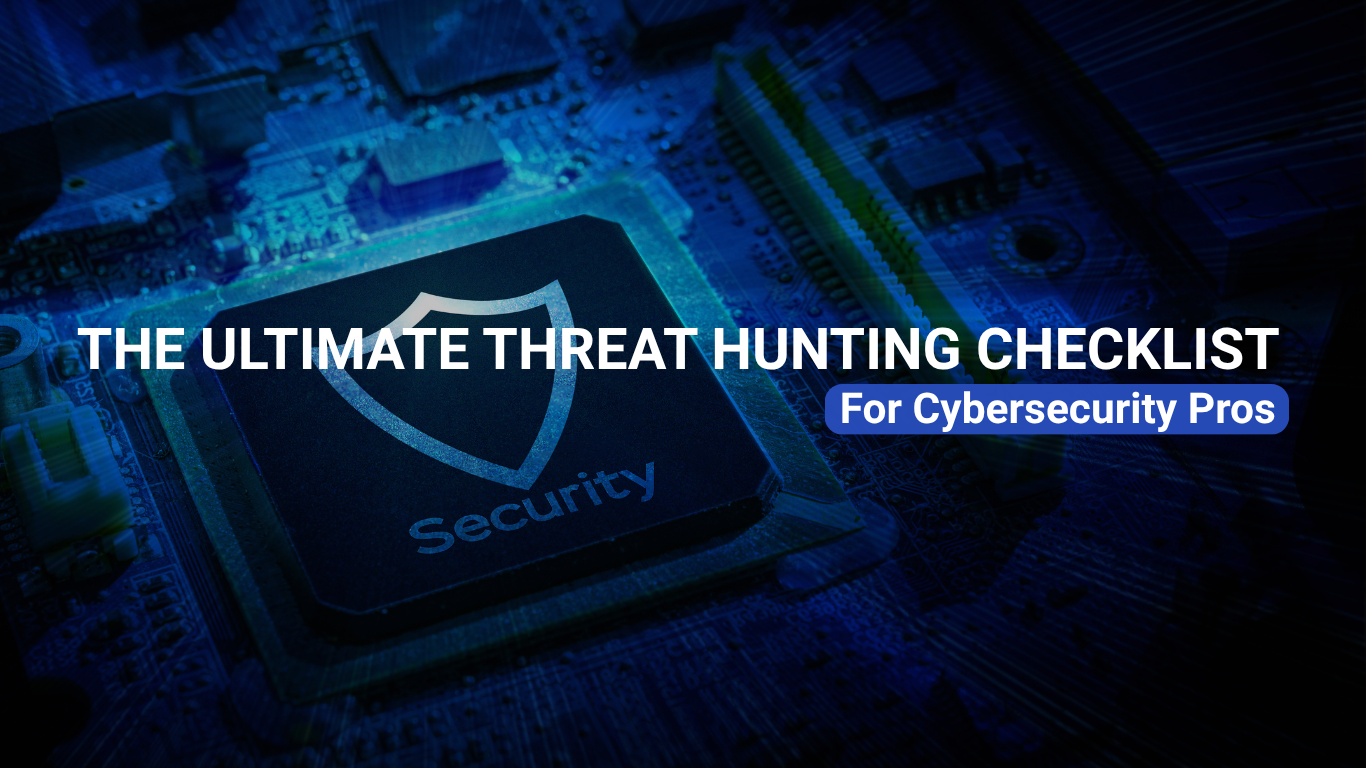What Role Does Cybersecurity Play in Preventing Data Staging Exploits?
Data staging is quite familiar to organizations as they move data between internal depositories and external cloud storage platforms. Data staging is critical for organizations wanting to maintain content quality and consistency without duplication.
Organizations that recognize the importance of data staging and the risk of data exfiltration within their environment’s content management and analytics strategy understand the importance of deploying proven cybersecurity security measures to protect their attack surfaces.
 Even more critical, organizations must deploy endpoint security, email security, encryption, and secure access. They also need the means to monitor, manage, remediate, and respond to cyberattacks from external sources and inside threats. Data exfiltration attacks happen from all vectors, not just the public Internet.
Even more critical, organizations must deploy endpoint security, email security, encryption, and secure access. They also need the means to monitor, manage, remediate, and respond to cyberattacks from external sources and inside threats. Data exfiltration attacks happen from all vectors, not just the public Internet.
Forenova, a global managed security service provider (MSSP), understands the complex world of data staging protection. Clients facing constant cyberattacks against internal and external data storage depositories rely on Forenova’s security professionals to help deploy security protection and leverage their Managed detection and response (MDR) services.
How Does Data Staging Become Exploited?
Data exfiltration occurs when unauthorized individuals steal data from a computer or server, often done by cyber criminals over the Internet. Threat actors use the same techniques as data managers regarding data staging across various depositories, and that is the challenge.
 One of the most common potential threats is for hackers to seek vulnerabilities within the client’s data staging workflow and redirect the data to their rogue storage areas. Often, these exploits become challenging to detect because hackers will choose to copy their data instead of executing an intercept.
One of the most common potential threats is for hackers to seek vulnerabilities within the client’s data staging workflow and redirect the data to their rogue storage areas. Often, these exploits become challenging to detect because hackers will choose to copy their data instead of executing an intercept.
This stealth data exfiltration often goes undetected unless the client has data monitoring and logging and enables network segmentation and access control.
Hackers will use common attack vectors, including password cracking against storage depositories, attempting to gain access to the data management application consoles, or planting malware from email phishing.
- Malware embedded within advanced persistent threats (APTs) is a cyber attack that targets specific organizations to steal valuable data without detection.
- APTs use tricks like phishing emails to get people to open malicious messages, steal company data, and then send it out.
Preventing data exfiltration from APTs continues to be challenging for organizations. This elusive attack vector required additional security prevention capabilities embedded within a proven cybersecurity framework like ISO 270001 and NIST 800-53.

Why Should Organizations Protect Their Development, Staging, and Production Environments from Data Staging Hacking?
Staging environments mimic production settings, allowing you to test apps before deploying them. However, they must be secured because they host sensitive data and configurations.
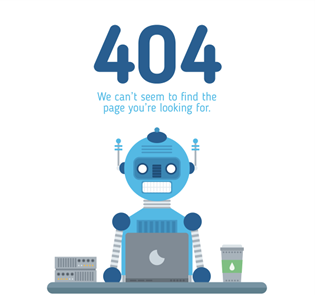
Exploited software vulnerabilities within the development environment become a bigger problem once the application and data move to the next stage. Investing in identical cybersecurity tools at all layers ensures these controls prevent hackers from exploiting the data staging depositories in the development stage and stop other potential vulnerabilities yet to be discovered.
What Are Some Known Cases in the EU Regarding Data Staging Attacks in 2023 and 2024?
Europe’s data exfiltration performance has been better than the global benchmark during the same period. However, it’s important to note that a higher percentage of incidents in Europe (82%) could be more precise if data were exfiltrated compared to the global average (44%).
France Travail
The CNIL (French data protection authority) has reported that France Travail and Cap Emploi, unemployment agencies in France, experienced a cyber attack that exposed data from 43 million individuals.
“France Travail reported that the compromised data includes personal information such as names, dates of birth, contact details, and social security numbers.” However, passwords and bank details were not affected.
Teupe Group (Germany)
Teupe is a company that manufactures industrial machinery and equipment.
The LockBit 3.0 ransomware group has attacked the Teupe Group. They have stolen 1 TB of data, including projects, clients, financial records, and PII documents. They have set a ransom deadline of 20 March.
Overview of the Importance of Cybersecurity in Preventing Data Staging Exploits
To protect against data exfiltration, enterprises should use robust endpoint detection solutions as a primary defense. Endpoint is not the only protective layer organizations should enable. Here is a list of known prevention cybersecurity adaptive controls that prevent data staging exploits.
Zero-Trust/Network Segmentation
Zero-trust pushes the authentication for all hosts, applications, and network systems into the cloud, requiring all connections to terminate with this architecture first. Eliminating direct connections and requiring MFA before connecting to digital assets helps prevent hackers from gaining direct access. Network segmentation combined with MFA limits connections through a proxy and establishes where users can connect. If the users fail MFA and password authentication, their remote connection drops at the Zero-trust layer.
Data Encryption
Data encryption is not new to the IT community. Organizations have encrypted data at rest and in transit for years to meet compliance and privacy mandates. However, many organizations fail their cyber insurance and compliance audits because of poor oversight and operational management. Human error and misconfiguration of the data encryption tools often lead to data staging exploits.
AI-Powered Email Security
Ransomware attacks happen more often through email phishing attacks. Organizations still relying on legacy secure email gateway (SEG) devices without artificial intelligence (AI) continue to have their data exploited. Most email security solutions meet security standards. However, organizations using M365 or Google Workplaces with advanced email security licenses must invest in another third-party solution to complement their existing protection layers. Security threats, including adversarial AI email attacks, continue to bypass most email security solutions. Defense-in-depth helps organizations stop unauthorized access to suspicious activity, including FraudGPT and WormGPT-generated email messages.
XDR/MDR
Security adaptive controls produce large amounts of data. This data or telemetry becomes collected within a centralized platform called extended detection and response (XDR). XDR collects telemetry from several adaptive controls and applies various AI capabilities to better review the entire threat landscape with your enterprise, mobile, and cloud systems. This centralized view helps detect and prevent attacks from part of the environment, including phishing attacks targeting data staging depositories.
Organizations hiring and keeping cybersecurity talent to deploy and maintain XDR, data encryption, and email security should invest in a relationship with a managed detection and response (MDR) service like Forenova.
How did MDR become critical in stopping data staging exploits?
Managed detection and response (MDR) have become essential for organizations to invest in to help deal with increased data staging exfiltration attacks.
Stopping data staging exploits begins with understanding the problem. Developers and data managers use data staging in their software development lifecycle (SDLC). Knowing the difference between organization data staging and rogue data requires an organization to deploy cybersecurity tools to identify, respond, remediate, and report.
Scale-up Incident Response for Data Exfiltration
Well-structured incident response capabilities and enabling various adaptive controls are paramount to stopping these data staging attacks.
Does monitoring of data staging place a burden on security operations (SecOps)? Yes.
Any increase in security attacks affects cyber operations. Most SecOps teams have become stressed and burnt out because of constant attacks and case management overload.
Organizations coping with SecOps burn-out and high turnover increase their risk of attack. Leveraging MDR services from providers like Forenova helps with additional resources and coverage.
Forenova MDR helps provide the following peace-of-mind services:
- 24x7x365 incident response, monitoring, and threat modeling.
- After-hours coverage.
- We offer platform specific MDR services, including web applications, data staging depositories, and human capital management.
- We host continuous education programs, so employees know the latest cyber threats.
- Reduce operational costs by leveraging our MDR services as an expense.
Why Forenova Security for MDR Services?
MDR assists organizations with protecting their most critical assets, including data, infrastructure, and people. Monitoring, responding, and prevention are core values of Forenova MDR services.
Forenova Security is a leading provider of cybersecurity services and MDR offerings. For organizations seeking a partner to augment their current security operations (SecOps) team or provide complete 24/7 monitoring and response, threat intelligence, and other cyber defense tools, Forenova Security has access to experienced engineers to meet their business and compliance goals.
Contact us today to discuss your data protection with MDR.
